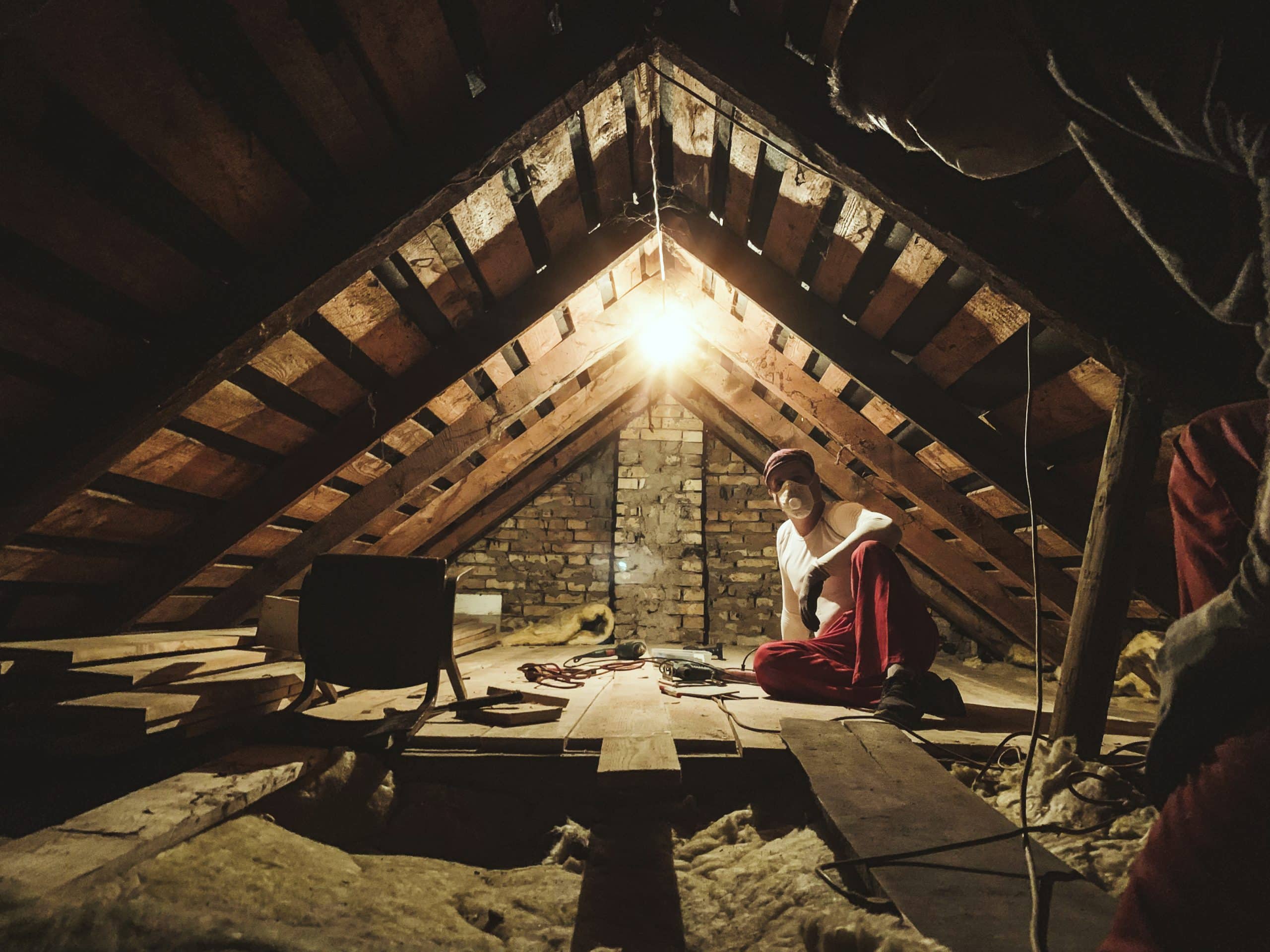What’s the Best Method for Restoring the Headlights of a Volkswagen Polo to Crystal Clear?

Your Volkswagen Polo is much more than just a car. It’s a reliable companion that takes you where you need to go, day in and day out. As with any dependable partner, a certain level of care is required to keep it at peak performing condition. In the case of cars, this care translates into maintenance and restoration. One part of your car that often gets overlooked in this regard is the headlights.
The headlights, after all, are your eyes on the road when driving at night. Over time, the cover of the headlight can become clouded or foggy. What appears to be a minor issue can actually be a significant safety risk, reducing visibility and affecting your ability to drive safely after dark. Restoring your headlights to a crystal clear condition isn’t just about keeping your car looking its best – it’s about ensuring your safety and the safety of others on the road.
Lire également : Can You Increase the Horsepower of a Toyota Corolla AE86 with a High-Flow Exhaust System?
In this article, we will explore some methods for restoring the headlights of your Volkswagen Polo and comparing them for effectiveness, cost, and effort required. We will also provide step-by-step guides so that you can perform these tasks by yourself, when you have the time.
DIY Method: Sandpaper and Polish
One popular method for headlight restoration involves using sandpaper and polish, which you can buy in a kit from any car care store. Contrary to how it may sound, this method doesn’t actually scratch or damage the headlight cover, but removes the oxidized layer and polishes it to a clear finish.
Sujet a lire : How to Install a Custom Steering Wheel with Paddle Shifters in an Alfa Romeo Giulia?
Here’s what you’ll need:
- Automotive sandpaper (start with 600-grit and increase to 2000-grit)
- Plastic polish
- Soft cloth
- Masking tape
- Water
And here’s the step-by-step guide:
- Clean the headlight: Before you start, make sure to thoroughly clean the headlight and the surrounding areas with water and mild soap.
- Tape off the headlight: Use masking tape to protect the car’s paint around the headlight.
- Sand the headlight: Start with the 600-grit sandpaper, make sure it’s wet, and gently sand the headlight cover in a circular motion. Make sure to keep the sandpaper wet at all times.
- Move on to finer sandpaper: Repeat the process with 800, 1000, and finally 2000-grit sandpaper.
- Apply the polish: Once the headlight is dry, apply a small amount of plastic polish to a soft cloth and buff the headlight cover until it’s clear.
Commercial Kits
If you don’t want to go through the trouble of buying items individually, there are many commercial headlight restoration kits available in the market with positive reviews. These kits typically contain everything you need for the job, including sandpaper, polishing compound, protectant, and sometimes even a drill attachment for easier sanding and polishing.
One notable advantage of these kits is that they often provide a protective layer to keep your headlights clear for longer. However, keep in mind that the results will depend heavily on the quality of the kit and your application of it.
Professional Services
For those of you who don’t have the time or simply prefer a professional touch, there are services you can hire to do the job. Professional restorers have the knowledge, tools, and experience to restore your headlights to almost brand new condition.
While this option can be more costly compared to DIY methods, it often ensures the best results and saves you the hassle and time of doing it yourself. Plus, many professional services offer warranties on their work, adding an extra layer of security to your investment.
The Importance of Regular Maintenance
No matter which method you choose, don’t forget that keeping your headlights clear is an ongoing task. Regularly washing your car and cleaning your headlights can prevent buildup and oxidation. For further protection, consider applying a UV-resistant sealant, which can help extend the clarity of your headlights.
Proper maintenance and timely restoration of your headlights will not only make your Volkswagen Polo look better, it will also provide you with the best possible visibility when you drive, ensuring your safety and that of others on the road. Remember, regular care is the secret to prolonging the life of your car and its components.
What’s the best method?
So, what’s the best method for restoring the headlights of a Volkswagen Polo to crystal clear? The answer depends on your budget, the amount of time you can dedicate to the task, and your comfort level with DIY projects.
If you’re willing to put in a bit of effort and time, the DIY sandpaper and polish method could be a great choice. It is cost-effective and, when done correctly, can produce impressive results.
On the other hand, if you’d prefer a simpler, all-in-one solution, a commercial restoration kit might be just what you need. And for those who value convenience and professional quality above all, hiring a professional service might be the best option.
Remember, the goal is not just to improve the aesthetic of your Volkswagen Polo, but to ensure optimal visibility for safe driving.
Alternative DIY Method: Toothpaste and Warm Water
In addition to the sandpaper and polish method, another DIY headlight restoration method gaining popularity involves using items already found in most households: toothpaste and warm water.
Here’s what you’ll need:
- Toothpaste (non-gel)
- Warm water
- Soft cloth
- Masking tape
And here’s the step-by-step guide:
- Clean the headlight: Similar to the first method, start by cleaning the headlight with mild soap and water.
- Tape off the headlight: Use masking tape to shield the surrounding areas of the car from the toothpaste.
- Apply the toothpaste: Spread a generous layer of toothpaste over the entire headlight lens.
- Scrub the headlight: Using a soft cloth, lightly scrub the headlight lens in a circular motion.
- Rinse and dry: Rinse off the toothpaste with warm water and dry the headlight using a clean cloth.
This method is cost-effective and easy to execute, making it a great DIY alternative for headlight restoration. However, keep in mind that while toothpaste does have mild abrasive properties, it may not be as effective on heavily oxidized or scratched headlights.
Car Insurance and Headlight Restoration
When discussing car maintenance, it’s essential not to overlook the role of car insurance. Some car insurance companies cover headlight restoration as part of their policy. If you’re unsure, make it a point to check your car insurance details or contact your insurance provider to confirm.
On the other hand, if you’re still in the process of buying a car, make sure to check car reviews and consider the maintenance, including headlight restoration, before making a purchase. Keep in mind that investing in regular maintenance like keeping your headlights clean can save you money in the long run, as it can prevent expensive damages or degrade in your car’s value.
Conclusion: The Best Method for Your Volkswagen Polo
In conclusion, the best method for restoring the headlights of your Volkswagen Polo to crystal clear depends largely on your personal preferences and circumstances. If you’re a hands-on person who doesn’t mind getting a bit dirty, the DIY methods, whether it’s using a restoration kit, grit sandpaper and polish, or even household items like toothpaste, could be perfect for you.
For those who prefer convenience and professionals’ expertise, hiring a car service for the job may be the best option. And remember, regardless of the method you choose, keeping your headlights clean should be a regular part of your car maintenance routine.
In the end, the goal isn’t just about having a clean car that looks good, but ensuring your Volkswagen Polo is safe to drive, especially at night when visibility is crucial. Therefore, regular headlight restoration is not just an act of car maintenance, but a safety measure that every responsible car owner should practice.
